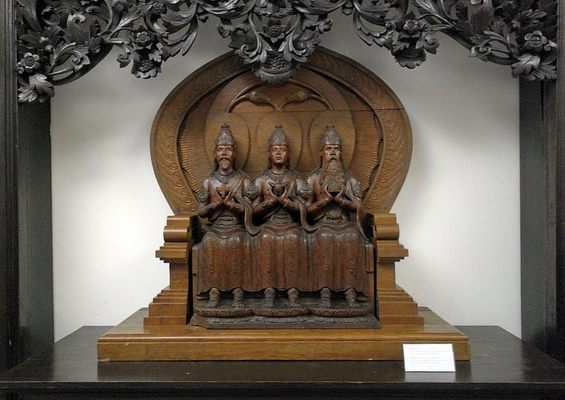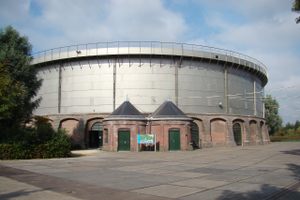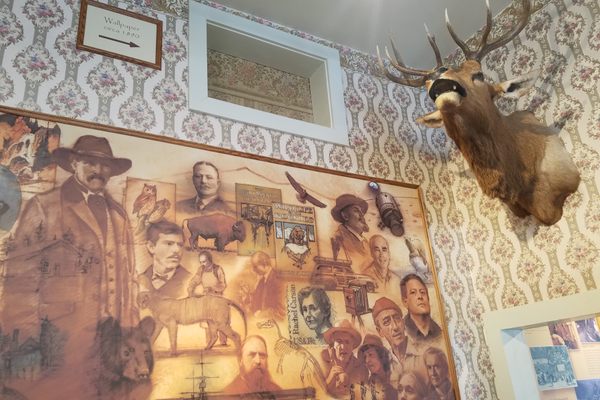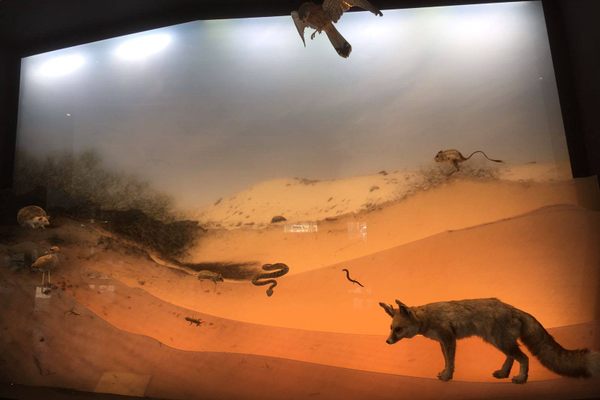About
Visitors to Mission Museum Steyl are greeted by a rather curious host: a cross-eyed, coin-operated taxidermy bear who squeaks to life with a terrifying and lovable grin. He's there to welcome guests to a museum in the Netherlands that showcases the dead animals and insects brought back by Catholic missionaries.
In the 1870s, the Latin Church’s newly formed Society of the Divine Word sent its first missionaries to China. Having no other way to document their travels, they brought back the wondrous objects—and dead animals—they’d encountered.
As they continued their missions in places like Papua New Guinea, Ghana, Paraguay, Japan, and the Phillipines, they amassed such a large collection the room they'd been using in St. Michael's Mission House could no longer hold all the items. In 1896, the preserved creatures were relocated to a specifically designed room in the group’s printing house.
As time went on, more missionaries continued collecting more things. In 1931, the congregation had to build a museum just for its massive collection. Now, the Mission Museum in Steyl houses over 1,000 stuffed mammals, birds, reptiles, amphibians, fish, butterflies, beetles, scorpions, and other insects. They’re all laid out exactly as they were in the ‘30s.
Related Tags
Know Before You Go
The village of Steyl is an attraction on its own. Idyllically situated on the river Maas, the village hosts no less than five monasteries. One of the monasteries belongs to the "pink sisters," nuns who are not allowed to leave the monastery and pray for humankind from behind bars. There's a botanical garden and a monastery garden with replica's of Lourdes and Temple Mountain.
Published
December 1, 2017































